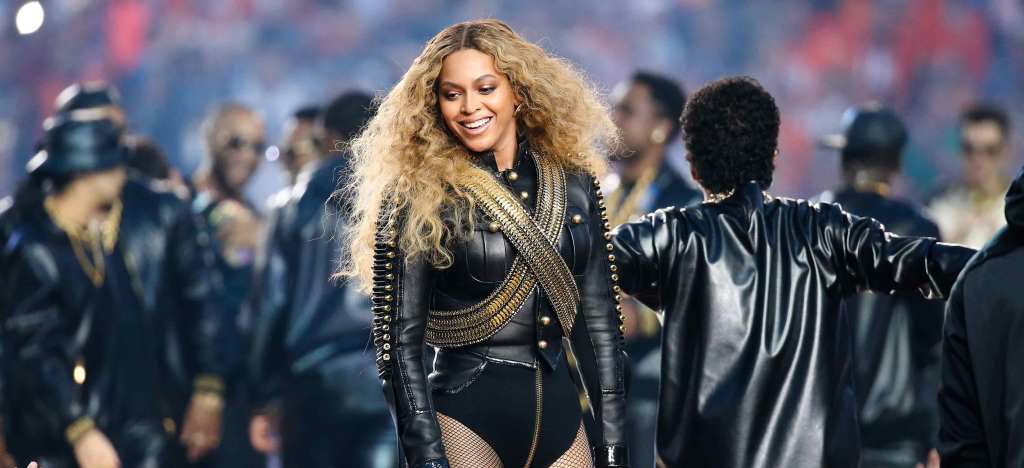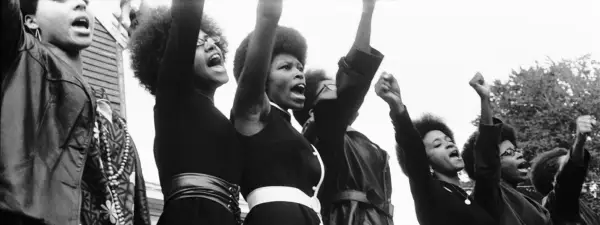 ©Anthony Behar/Sipa USA/Newscom
©Anthony Behar/Sipa USA/NewscomOnly three months in, 2016 has already offered stunning social justice moments in pop culture: Beyonce invoking the Black Panthers at the Super Bowl. The ABC sitcom Black-ish addressing police brutality. Leonardo DiCaprio using his first-ever Oscar speech to highlight the struggle of indigenous communities worldwide.
Of course, no one television program, viral video, or hit song can transform culture all by itself. In a new series of reports aptly titled #PopJustice, Liz Manne and other cultural strategists explain how advocates and philanthropists can seize current momentum and use entertainment and pop culture to advance social change.
Content designed to entertain us is also designed to trigger our emotions. As #PopJustice posits, that means it “can serve as a vehicle to increase empathy across racial and ethnic lines, particularly within communities where opportunities for cross-cultural interaction are rare.” The same holds true for other groups traditionally excluded from the mainstream. Consider Ellen DeGeneres, the first lesbian friend many Americans knew they had.
Certainly, pop culture has long been a force for social and political change, in the United States and beyond. From musicians like John Coltrane and Nina Simone recording popular (and powerful) songs throughout the civil rights movement to Will and Grace shifting the cultural and political climate toward acceptance of LGBT people, the creative arts and social justice go hand and hand. What’s different today is the speed with which pop culture can influence public opinion.
What’s philanthropy got to do with it?
Yet if pop culture is so key to social change, philanthropy has been slow to grasp it. Investment in arts and culture represented only 10 percent of total U.S. philanthropic funding in 2012. And of that, only a very small percent focused on the intersection of pop culture and social justice.
Fortunately, advocacy groups and philanthropies are increasingly seeing pop culture as a real opportunity. These groups are moving beyond traditional interventions like “afterschool specials” and celebrity endorsements. The National Domestic Workers Alliance, an organization supported by the Ford Foundation, has been particularly adept at leveraging the box office success of Oscar-nominated films like The Help and Still Alice to spotlight the often-invisible caregivers who are excluded from the benefits of minimum wage laws. This strategy, and a partnership with Hollywood insiders, played an important role in getting the California Domestic Workers Bill of Rights passed in 2013.
The #PopJustice reports present several other examples of pop culture being used as an advocacy platform. A collaboration between MTV and the National Campaign to Prevent Teen and Unplanned Pregnancy gave us 16 and Pregnant, a popular reality series linked to a decline in teen birth rates. Fans of Harry Potter created the Harry Potter Alliance and successfully campaigned to get Warner Brothers to use ethically sourced fair trade chocolate in their merchandise. Advocacy by Asian American groups paved the way for Fresh Off the Boat, the first network show to feature an Asian family in more than 20 years. (Audiences paid attention: In 2015, the show’s premiere on ABC drew nearly 8 million viewers.)
The power of pop culture
When The Real World debuted on MTV in 1992, critics panned the series, calling it “painfully bogus” and “excruciating torture.” But millions of viewers—especially young teens, like me at the time—were instantly hooked.
Featuring “the true story of seven strangers picked to live in a loft,” The Real World was a televised social experiment of what happens when people from diverse backgrounds come together. Season one, set in New York, was the first time I saw an actual gay person living and loving openly on TV—and it blew my adolescent mind. Of course, tensions among housemates ran high, but each fight and insensitive comment was its own learning moment. To this day, I credit The Real World with pushing me to question my own biases, implicit and otherwise. In fact, it’s part of why I moved to New York to pursue a career in social justice.
The landscape has shifted since I got hooked on that early experiment in reality TV. Today, YouTube videos become overnight sensations. Tweets and hashtags spark movements (think #BlackLivesMatter), and viewers stream full seasons of serialized “TV” shows the same day they’re released. Because they are bound by fewer conventions than more traditional entertainment, it’s not surprising that these new platforms are where underrepresented groups are making their voices heard—and often in innovative ways.
To take just one example, last April, comedian Aasif Mandvi launched the first American sitcom about a Muslim family: a web series called Halal in the Family. Initially watched by a few thousand viewers, partnerships with Muslim advocacy groups and seed funding from Unbound Philanthropy and the Ford Foundation led to over 600,000 views, major media coverage, and robust conversations on Twitter and Facebook. So far, evaluation findings from the Perception Institute are encouraging: After watching an episode of Halal, viewers were more likely to support anti-discrimination legislation.
So we know pop culture has serious power—and we’re just scratching the surface of its vast potential. The #PopJustice reports are a great tool for helping us figure out how to take all those things people are watching, listening to, and talking about, and using them to spur conversation and create real change in the world.
#PopJustice was funded by Unbound Philanthropy and the Nathan Cummings Foundation.

